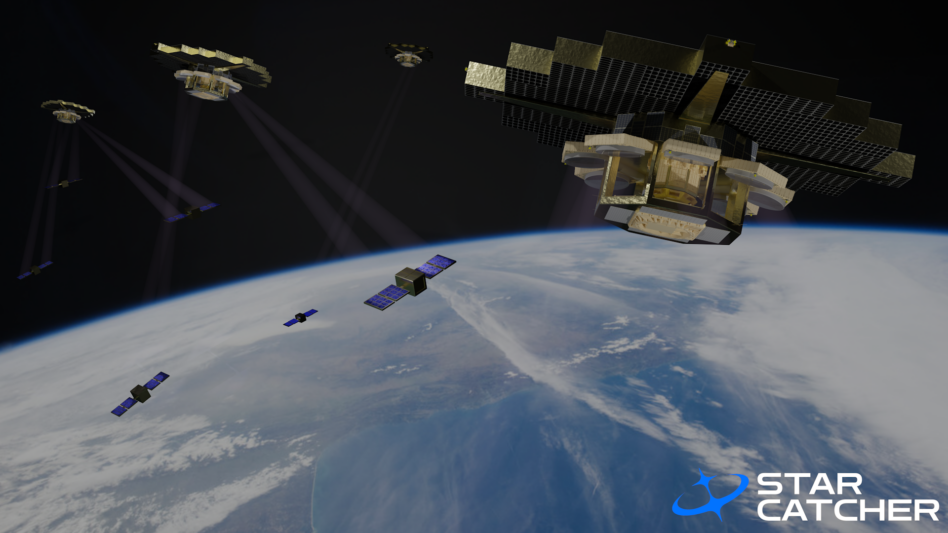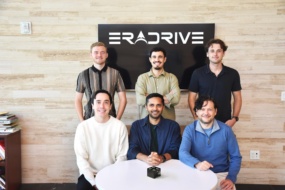Star Catcher emerged on Wednesday with $12.25M in funding and a plan to build a power grid to sustain bigger and more complex missions in orbit.
Initialized Capital and B Capital co-led the round, which also included participation from Rogue VC.
The basics: The startup intends to build a constellation of satellites in LEO that can harness solar power and efficiently send it to other sats in greater concentrations. This will allow smaller sats (with their smaller solar arrays) to take on power-intensive missions such as on-orbit processing, SAR, and maneuvering in orbit without fear of running out of power.
“It will lower the initial capital outlay for everybody,” Andrew Rush, co-founder of Star Catcher and former CEO of Made in Space, told Payload. “If you have to go buy 20 kw of solar arrays for space craft, instead, you can get 10% of that and then pay Star Catcher as you go….We can make it as easy to launch a business [in] space as it is on Earth.”
It also opens the door to other mission sets, including providing power to satellites near the end of their life or helping to power up sats that malfunction after launch (for example, only one solar array extends fully).
Highlights: The Jacksonville, FL-based startup was founded in the first quarter of 2024 and employs 11 people.
- There’s no need to retrofit satellites, which can use existing solar panels to receive power from the network.
- The company already has “a number of folks” who have signed letters of intent to work with the system, Rush said.
What’s next: The startup is aiming to conduct its first ground-based demos at the end of this year or early 2025, with an in-space demo flight expected in December 2025.
In the near-term, the company is focused on LEO. But Rush said the startup is eventually hoping to build a similar power grid around the Moon to enable commercial operations there and help spacecraft power up through the two-week lunar night.




